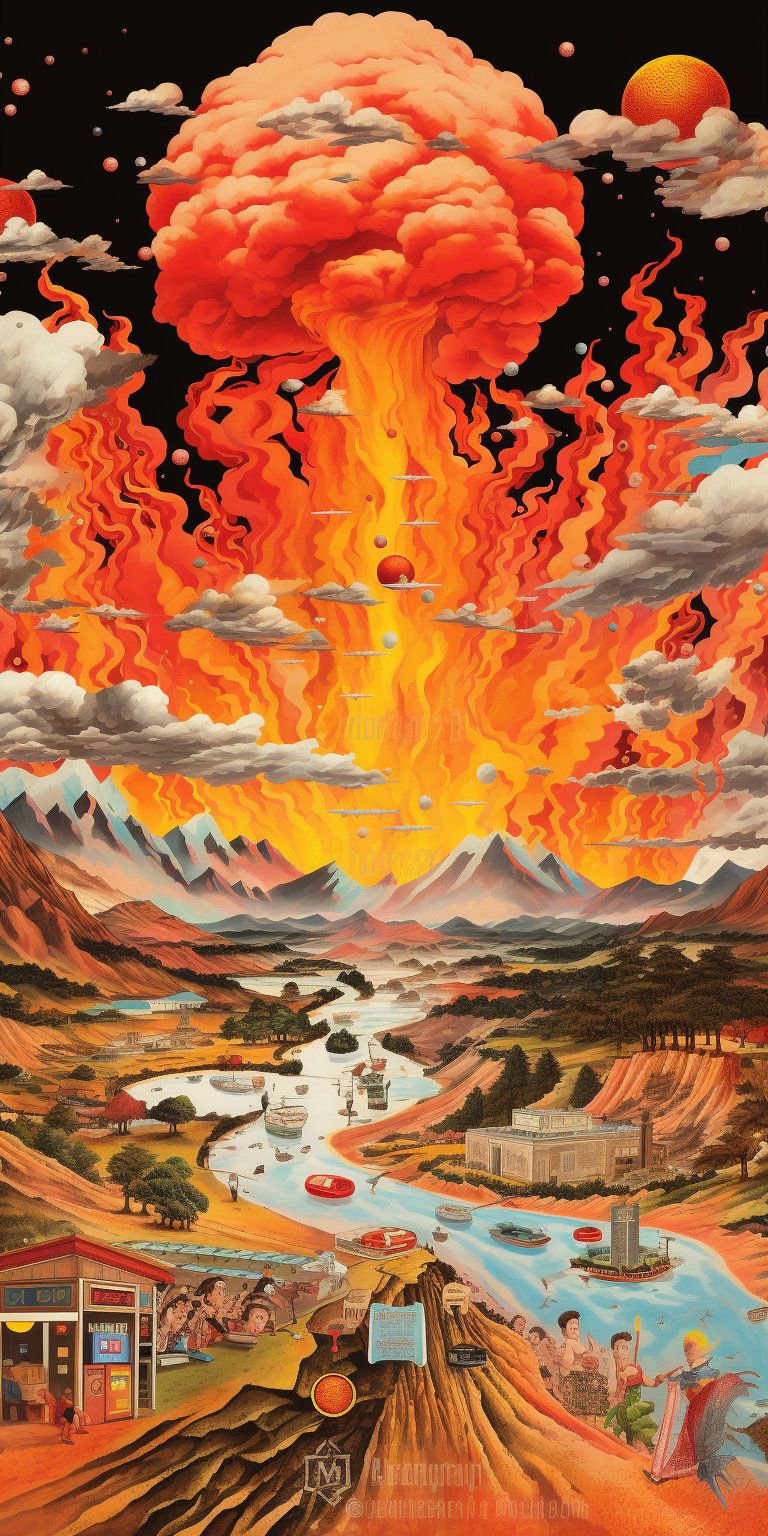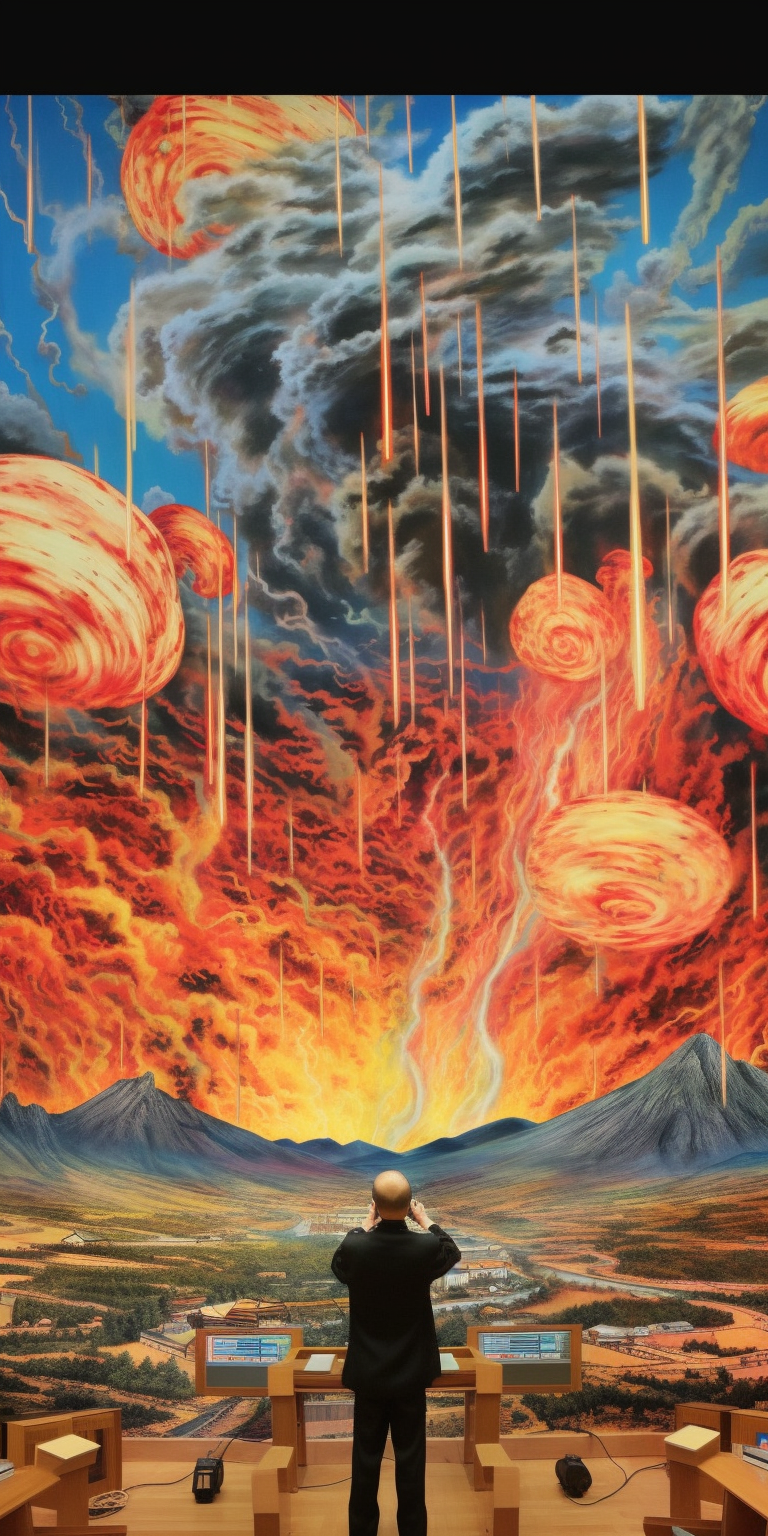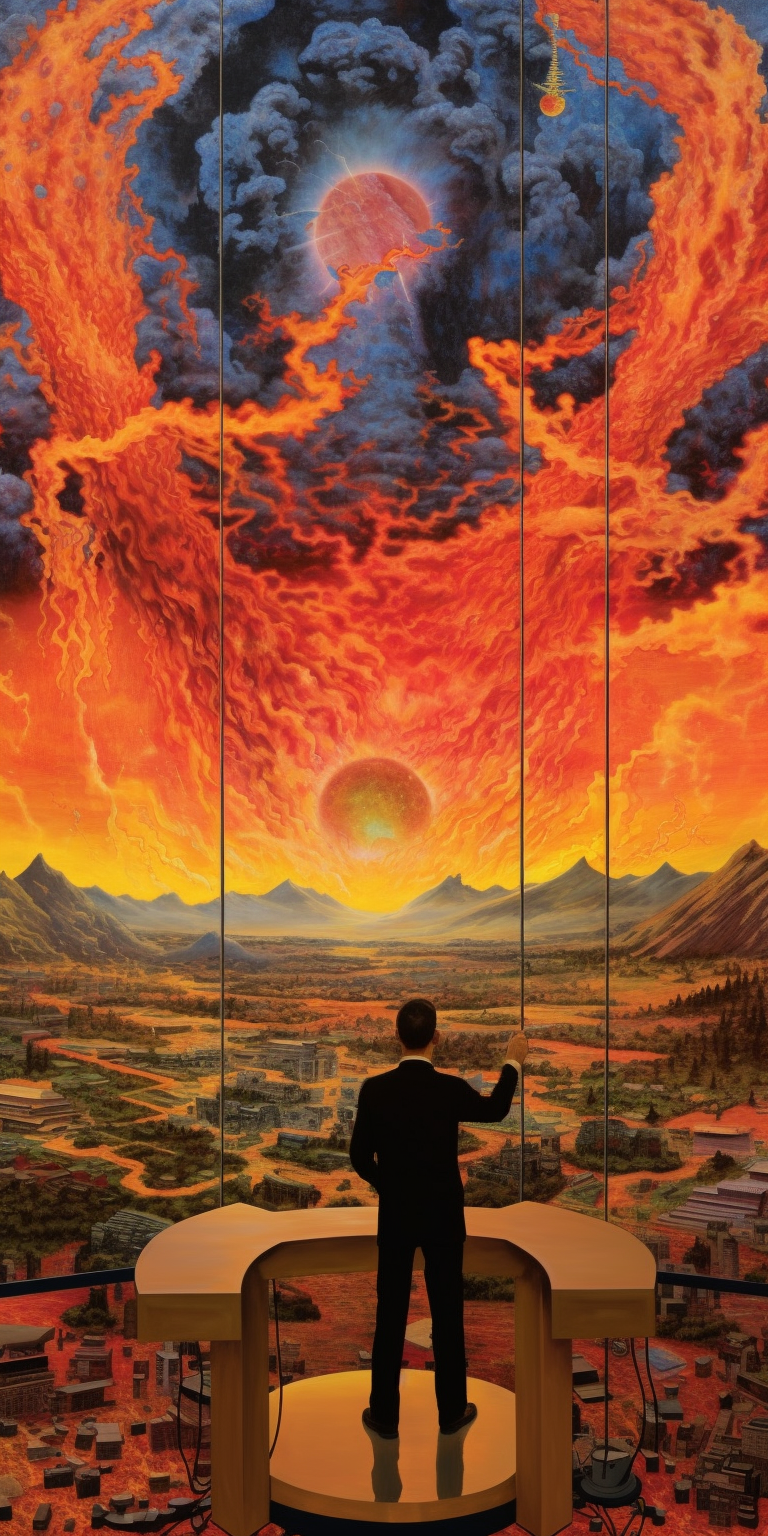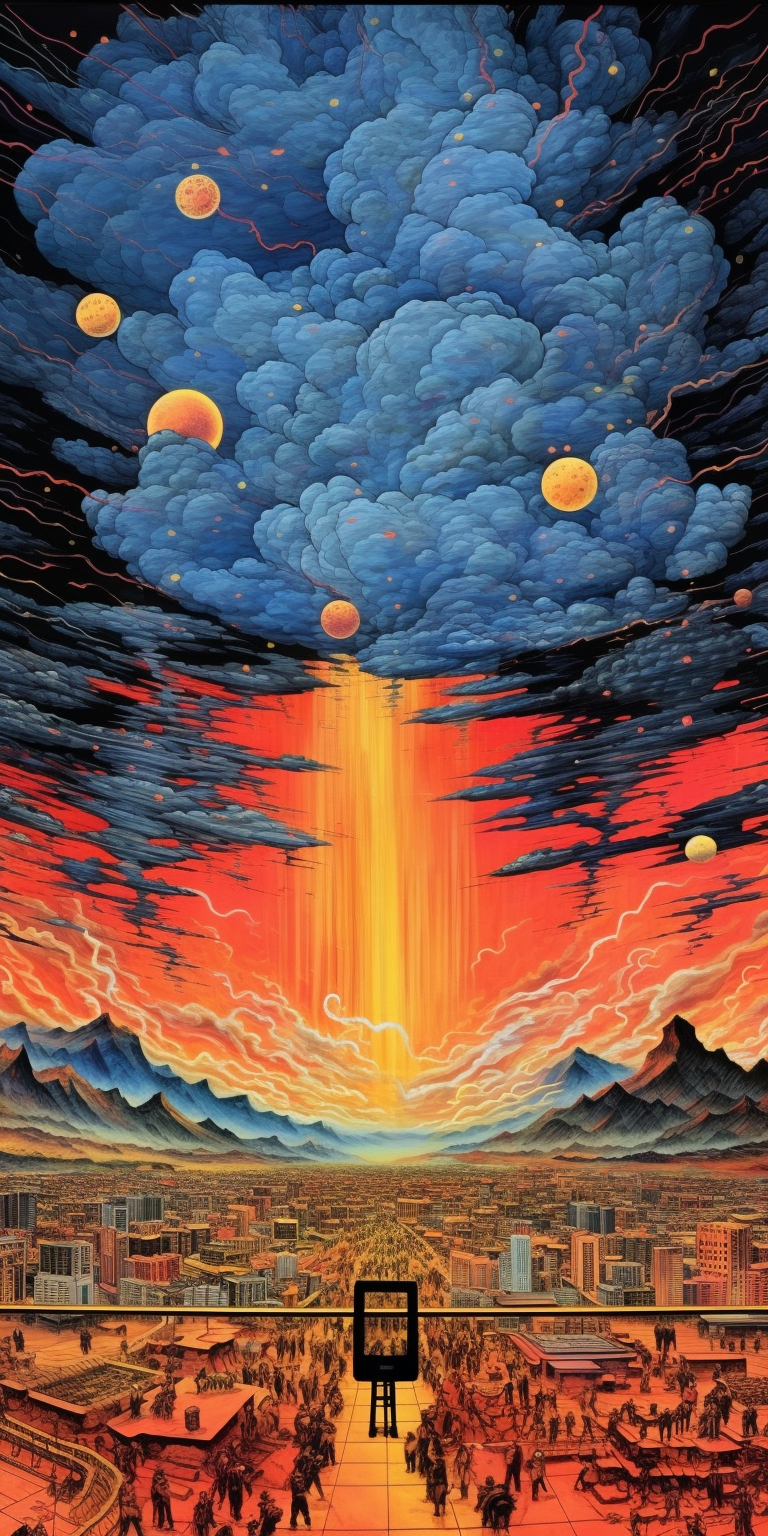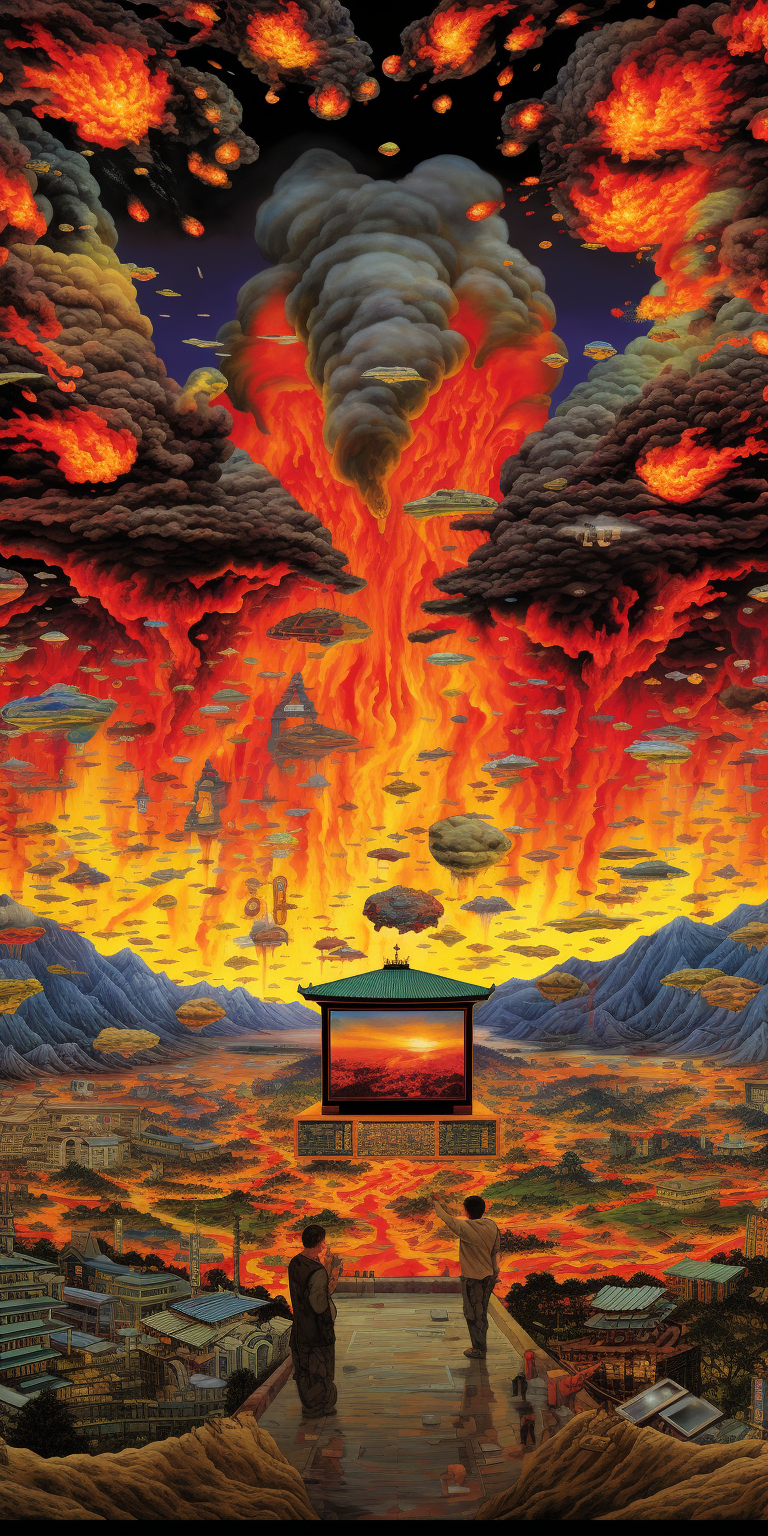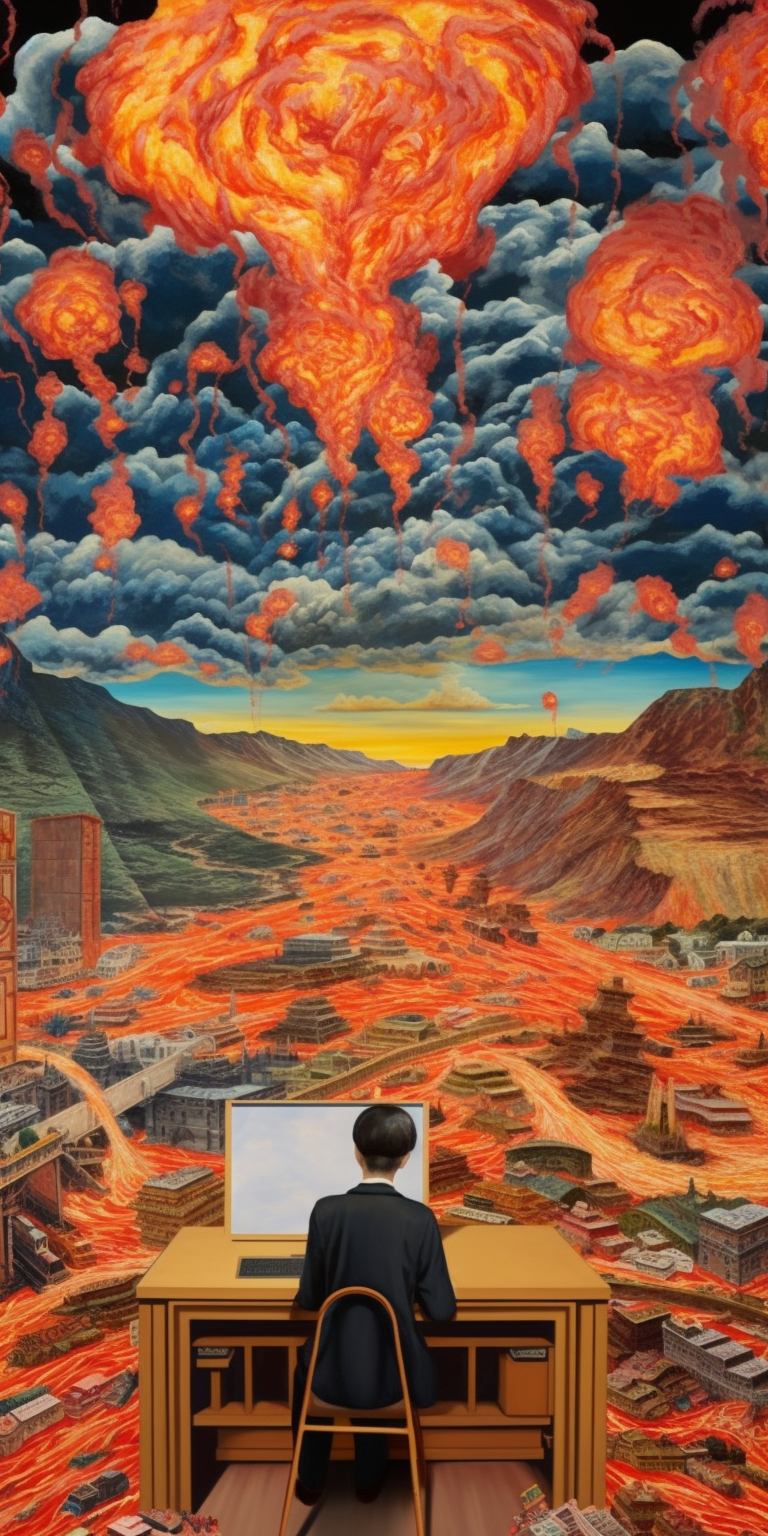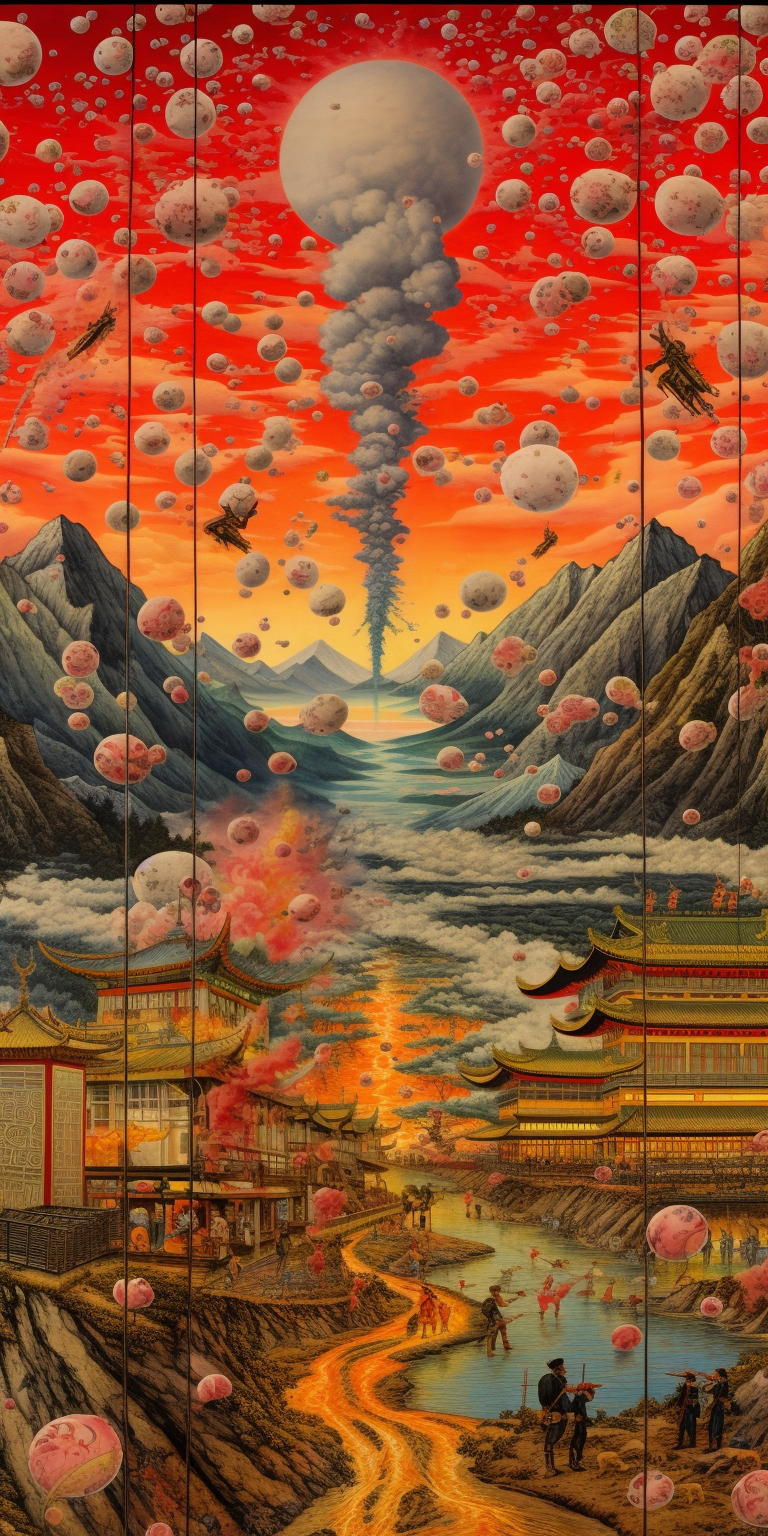China’s Influence Campaign Uses Artificial Intelligence to Sow Discord
Wildfires In Maui Spark China’s Sneaky Info War!
Wen da wildfires wen’ tear through Maui like one bull on steroids last month, China’s info warriors wen’ jump on ’em like one mongoose on one cockroach.
Dem guys, dey wen’ talk story, saying, “Dis ain’t no natural ting, brah! Dis right here, da United States stay testing one secret ‘weather weapon’!” Dey wen’ even toss up some fake photos wit dat artificial intelligence magic, tryin’ fo’ make us believe da unbelievable.
China, dey stayed on da sideline wen’ Russia was pullin’ deir hacking tricks durin’ da 2016 an’ 2020 U.S. elections. But now, dey wen’ flip da script, tryin’ fo’ blame da wildfires on American intelligence an’ da military. Das one fast change of game plan!
Befo’ dis, China’s influence games stay all about talkin’ up deir own stuff, like “Taiwan is ours!” an’ odda stuff like dat. But now, da experts from Microsoft an’ odda places say China stay takin’ direct shots at causin’ trouble right here in da U.S.
All dis happen when President Biden an’ Congress stay puzzlin’ ova how fo’ deal wit’ China without startin’ one big kine war. An’ dey also tryin’ fo’ stop A.I. from makin’ da fake news game mo’ strong.
How much da Chinese campaign wen’ mess up tings, nobody know fo’ sure. But da early signs showin’ not too many social media folks was buyin’ da crazy conspiracy theories.
Brad Smith from Microsoft, da big boss man, he wen’ give China one big scolding, sayin’ dey wen’ use one natural disaster fo’ deir own political gain. He said, “Ho, dat ain’t right, not even fo’ one little bit, especially fo’ one country dat like be great.”
But hold on, China not da only ones playin’ politics wit’ da Maui fires. Russia, dey wen’ do da same, talkin’ ’bout how much money da U.S. spendin’ on da war in Ukraine an’ how dat money should stay home fo’ help wit’ da disaster.
Da researchers, dey tink China stay buildin’ up one network of accounts fo’ use in da future, maybe da next U.S. presidential election. Dass da same kine stuff Russia wen’ do leadin’ up to da 2016 election.
One guy name Brian Liston, one researcher from Recorded Future, one cybersecurity company in Massachusetts, he said, “Dis stay goin’ one whole new way. Dey tryin’ fo’ spread conspiracy theories dat don’t even have nottin’ fo’ do wit’ deir own interests, like Taiwan.”
If China do mess wit’ da election next year, da U.S. intelligence folks tink dey goin’ try fo’ bring down President Biden an’ make former President Donald J. Trump look good. Dat sound kinda strange, ’cause remember when Trump was sayin’ all dat “China virus” stuff? But da intelligence guys say Chinese leaders more like Trump, ’cause he was talkin’ ’bout pullin’ da U.S. outta Japan, South Korea, an’ da Asian side.
China, dey stay pushin’ dis conspiracy theory ’bout da fires afta President Biden wen’ blow steam in Bali last fall to Xi Jinping, da China president. Biden wen’ tell Xi, “Eh, you guys stay spreadin’ all dis fake stuff, sayin’ da U.S. get one biological weapons lab in Ukraine.” Biden wen’ give ’em da stink eye for dat.
No sign dat Russia an’ China stay workin’ togedda on dis info war stuff, but dey like echo each odda’s words, especially when dey talkin’ smack ’bout U.S. policies. So, now dey teamin’ up, an’ it look like dis new chapter of da fake news war goin’ be extra strong, all thanks to A.I.
“We no can show you solid proof dat China an’ Russia plannin’ together,” said William Marcellino, one researcher at RAND an’ da author of one new report sayin’ dat A.I. goin’ make da global influence games get one big upgrade.
Da wildfires in Hawaii, like all da natural disasters nowadays, wen’ make people start talkin’ all kine stories, spreadin’ lies an’ conspiracy ideas from day one.
One lady named Caroline Amy Orr Bueno, she stay researchin’ at da University of Maryland’s Applied Research Lab fo’ Intelligence an’ Security. She said dat Russia wen’ start one campaign on Twitter, now called X, one day afta da fires wen’ start. Dey wen’ throw out da words, “Hawaii, not Ukraine,” from one small-time account wit’ not too much followers. Dey wen’ pass um to all da conservative an’ right-wing accounts, like Breitbart, an’ finally, da Russian media. Dey wen’ try fo’ mess wit’ U.S. military help fo’ Ukraine.
But China’s state media, dey like talk da same smack as Russia, especially when dey stay mad at da U.S. But dis time, dey wen’ do deir own fake news dance.
First, Recorded Future wen’ say da Chinese government stay behind one sneaky campaign, tryin’ fo’ blame one “weather weapon” fo’ da fires. Dey wen’ find plenty posts in August, all saying MI6, da British spy guys, wen’ spill da beans ’bout da wildfire secrets. Dese posts wen’ pop up all ova social media, like Pinterest, Tumblr, Medium, an’ even one Japanese site called Pixiv where da artists hang out.
So, das how China wen’ try fo’ turn da Maui fires into one conspiracy theory. Stay weird, but das how da info war games play out nowadays, all ova da internet.
NOW IN ENGLISH


